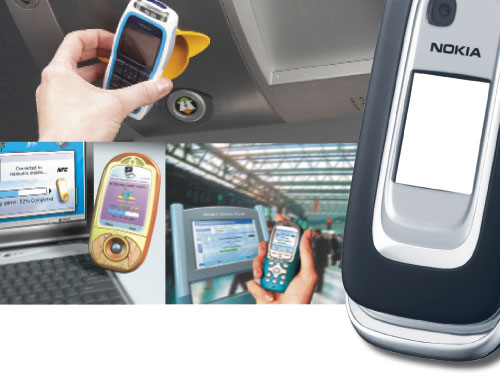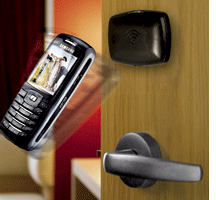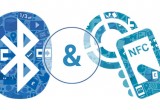Why hotels are moving to NFC for access
28 August, 2015
category: Contactless, NFC, Smart Cards
Hotel chains are exploring the use of near field communication (NFC) and Bluetooth Low Energy for guest access, according to a Cristina Ardila, senior marketing manager for Security and Connectivity at NXP. “NFC and BLE offer the benefits of mobile integration and an enhanced guest experience, with greater convenience and security and also enable new services,” she says in a blog post.
While Bluetooth might have more support among smartphones now, that’s changing as NFC is integrated into more handsets. “NFC is designed for higher security and uses protocols that are form-factor independent,” Ardila says. “Also, since NFC is the predominant technology for public transport, shared mobility, and various other applications, it offers options for extending the capabilities of hotel keys.”
The use of NFC by hotel operators will be driven by three priorities:
- Multi-application support: NFC can support multiple applications in one device, so it can be used to not only open doors but make payments, earn loyalty points or rent a bike and more. Hotels will be able to enhance guest experiences and offer add-ons that can be earned through rewards programs or paid subscription
- Form-factor independence: Infrastructure devices, such as locks, can process all NFC cards, smartphones and wearables in the same way. Instead of dealing with multiple technologies, hotel operators can focus on guest satisfaction. “The wristband or smartphone app can be configured for partner services, for discounts at local restaurants, shops, museums, amusement parks, sporting venues, and other attractions,” Ardila says. “Location services can be added, too, so families and groups don’t get lost, even in large resorts.”
- Higher security: NFC is based on contactless smart card technology and is designed for scalable security. NFC supports a range of accepted countermeasures against common attacks, including mutual authentication, message authentication and data encryption.



